Therefore, solving the raw material problem is the key factor to help craft villages develop sustainably...
Not meeting market requirements
Vietnamese handicraft products are present in 163 countries and territories, with export turnover reaching about 3.5 billion USD/year, a growth rate of about 10% per year.

Deputy Director of the Hanoi Center for Industrial Promotion and Industrial Development Consulting (Hanoi Department of Industry and Trade) Vuong Dinh Thanh said that the development of handicraft products in the city has many positive changes in the direction of improving product quality and design, and building brands. Some products have beautiful designs, good quality, and competitive advantages in domestic and foreign markets, contributing to improving the competitiveness of handicraft products and boosting exports. However, the development of handicraft products has not yet met the requirements of the market, especially the export market. "Not fully exploiting the potential and value of products, lacking ideas for design and developing new products is a common situation in craft villages today," said Mr. Vuong Dinh Thanh.
In addition, the unstable supply of raw materials, low level of product diversification, lack of in-depth processed products with high added value are some of the reasons why Vietnamese handicraft products in general and Hanoi in particular still lack competitiveness in the international market.
According to the latest survey data of the Hanoi Center for Industrial Promotion and Development Consulting, in areas with many craft villages in industries such as ceramics, lacquerware, rattan and wood products, on average, these craft villages consume about 6,800 tons of raw materials of all kinds (rattan, bamboo, reed, reed, sedge, etc.) per year. Of which, on average, a business consumes about 50 tons of raw materials per month, and a household consumes about 20 tons of raw materials per month. Each year, ceramic craft villages consume about 620,000 tons of raw materials, mainly clay and kaolin; wood craft villages consume about 1,000,000m3 of wood.
However, Chairman of the Kim Lan Ceramics Association Dao Viet Binh said that the current raw material supply chain still has many shortcomings when the supply depends on intermediary traders; raw material prices fluctuate strongly; raw material quality is uneven... In particular, some special raw materials such as zircon glaze and refined metal oxide still have to be imported at high prices, significantly increasing production costs.
According to the Chairman of Phu Xuyen Mother-of-Pearl Inlay Association, Nguyen Vinh Quang, the main raw materials for mother-of-pearl inlay are pearl shells, snail shells and scallop shells, which are all natural materials. However, over-exploitation over many years, combined with the impact of climate change and strict regulations on biological conservation, have made the supply unstable.
Hanoi supports businesses in finding raw material sources
Regarding the issue of supporting craft villages in finding sources of raw materials, according to Deputy Director of the Hanoi Center for Industrial Promotion and Industrial Development Consulting Vuong Dinh Thanh, the Department of Industry and Trade has reviewed and developed a stable local raw material supply area to ensure a part of the raw material supply for the city's craft villages; built a plan to develop sustainable raw material areas from provinces, regions in the country and abroad, meeting the production requirements of craft villages in the capital. In addition, the city has also built a wholesale market for trading production materials for craft villages; developed a number of specialized models in providing input materials for processing of craft villages; improved the efficiency of raw material use, reduced loss, and avoided waste of raw materials to help Hanoi handicraft enterprises find sources of input materials and help enterprises and production facilities in the northern provinces and cities consume semi-finished and finished products stably, long-term, and with quality.
The Hanoi Department of Industry and Trade also presided over and coordinated with the Departments of Industry and Trade of the Northern provinces and cities to organize a conference to connect the supply and demand of raw materials for the handicraft industry between Hanoi enterprises and the Northern provinces and cities. Through the conference, enterprises will have the opportunity to meet and seek partners to supply raw materials.
To maintain and sustainably develop the mother-of-pearl inlay craft, Chairman of the Phu Xuyen Mother-of-Pearl Inlay Association Nguyen Vinh Quang said that ensuring a stable and quality source of raw materials is an urgent issue. In addition, there should be more policies to support training and technology transfer, helping artisans reduce production costs and increase product value. According to Chairman of the Kim Lan Ceramics Association Dao Viet Binh, one of the fundamental solutions is to build close links between provinces with raw material areas and production villages. Localities should encourage the signing of long-term supply contracts between raw material exploitation enterprises and handicraft production establishments. In addition, organizing regular raw material and product trade fairs is an effective solution to connect suppliers and production units.
Input materials are the decisive factor in the quality, price and competitiveness of handicraft products. In the context of fluctuating supply sources, high prices and lack of regional connectivity, establishing an effective and professional supply chain is no longer an option, but a mandatory requirement. Solving the problem of raw materials is the first step for craft villages to continue to develop sustainably, preserve traditional values and reach out to the international market.
Source: https://hanoimoi.vn/giai-bai-toan-nguyen-lieu-cho-cac-lang-nghe-ha-noi-712066.html








![[Photo] President Luong Cuong attends special political-artistic television show "Golden Opportunity"](https://vstatic.vietnam.vn/vietnam/resource/IMAGE/2025/8/22/44ca13c28fa7476796f9aa3618ff74c4)






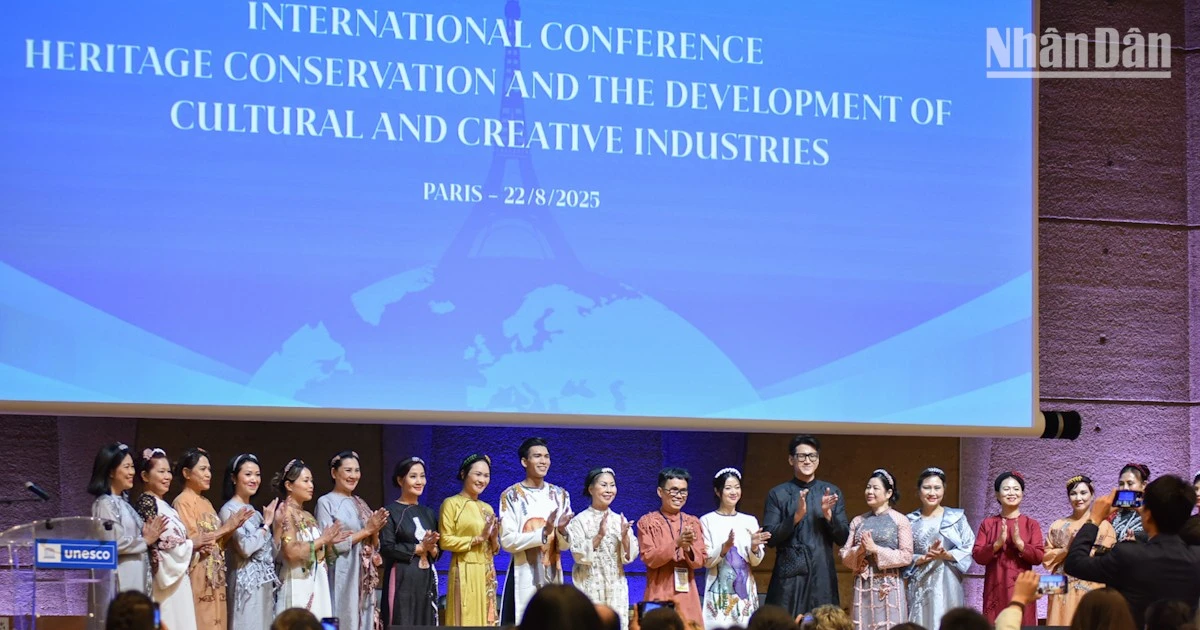









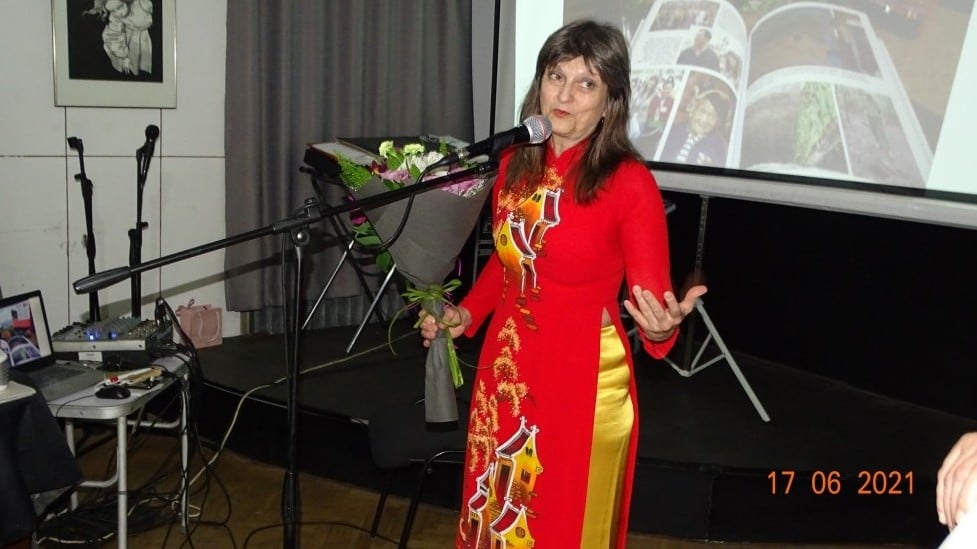

















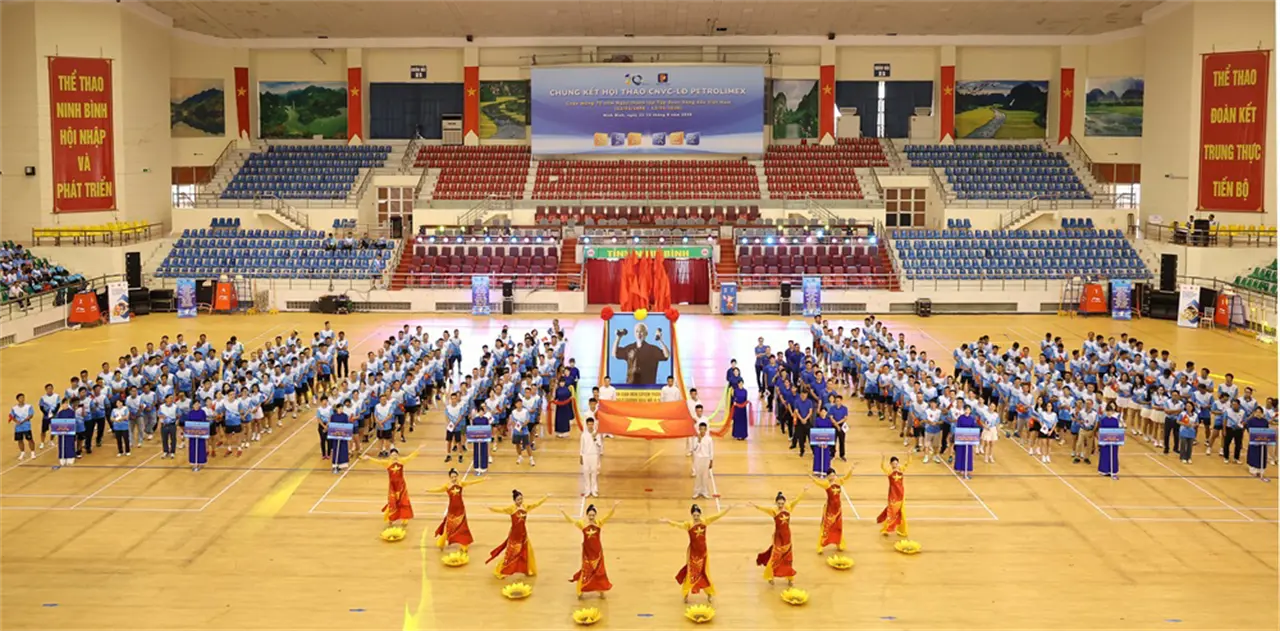






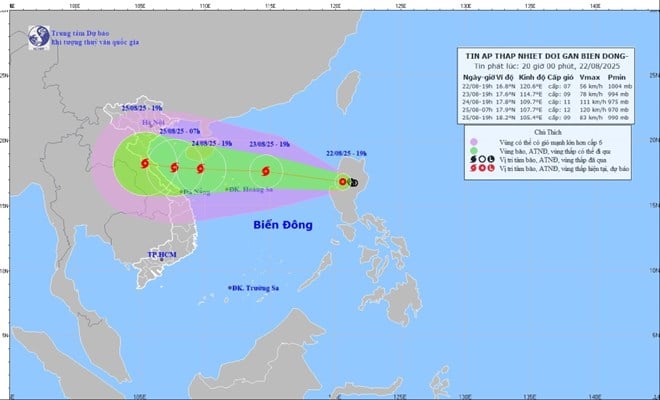



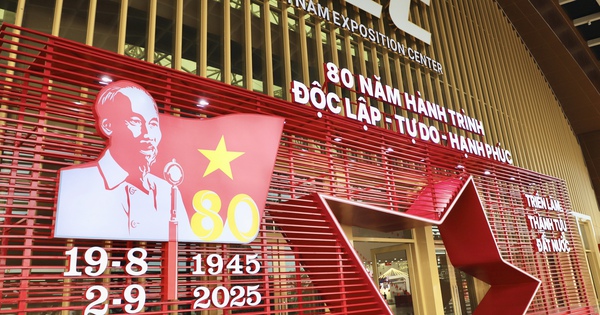



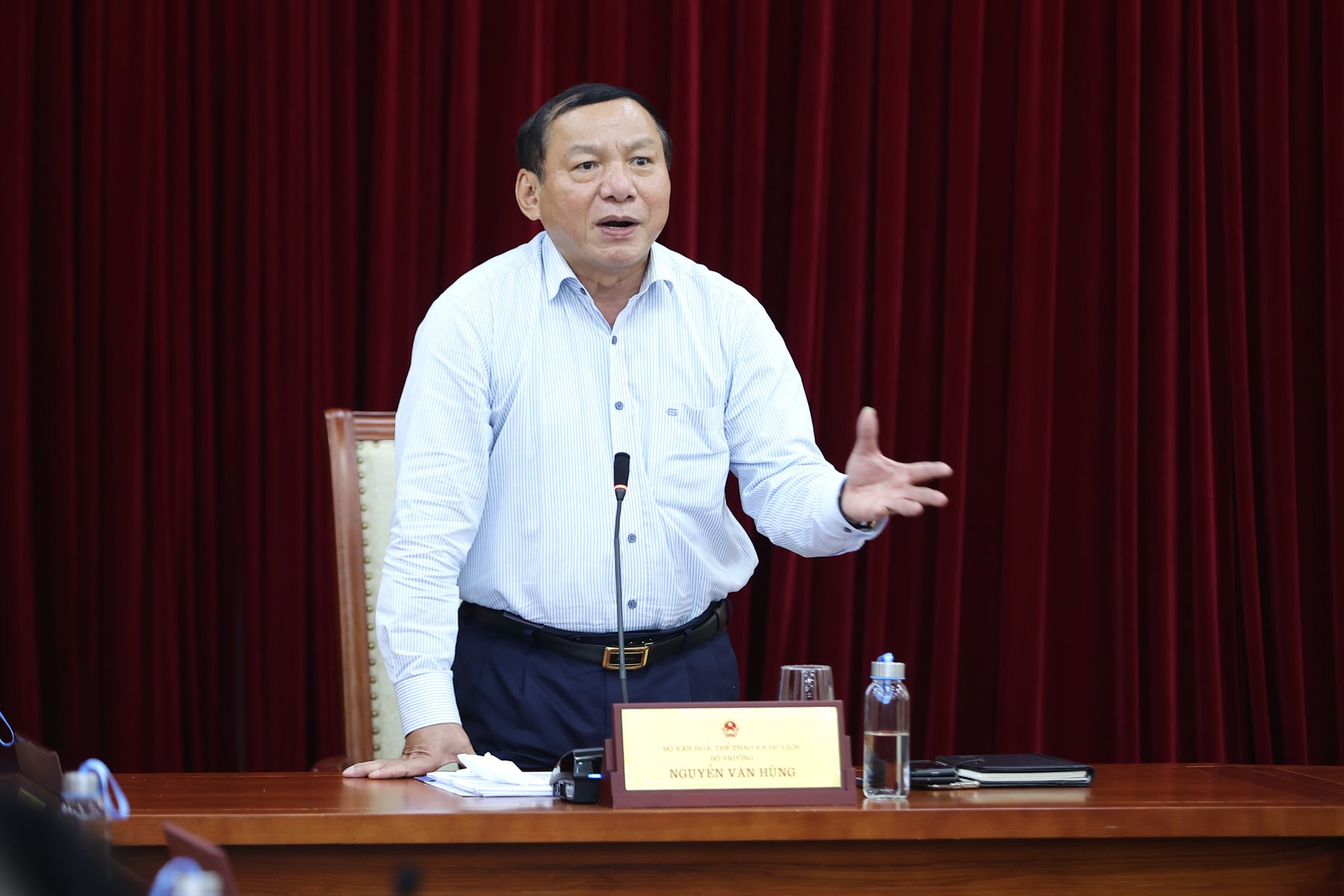

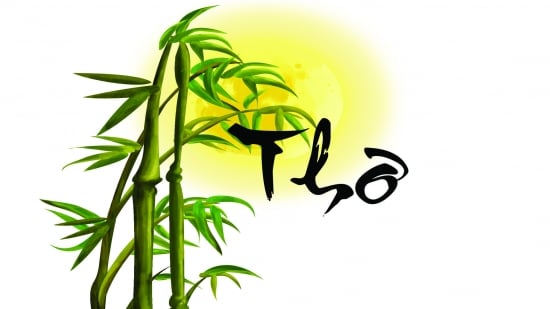
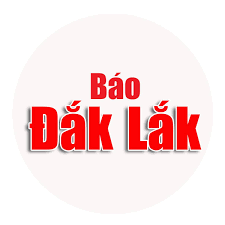
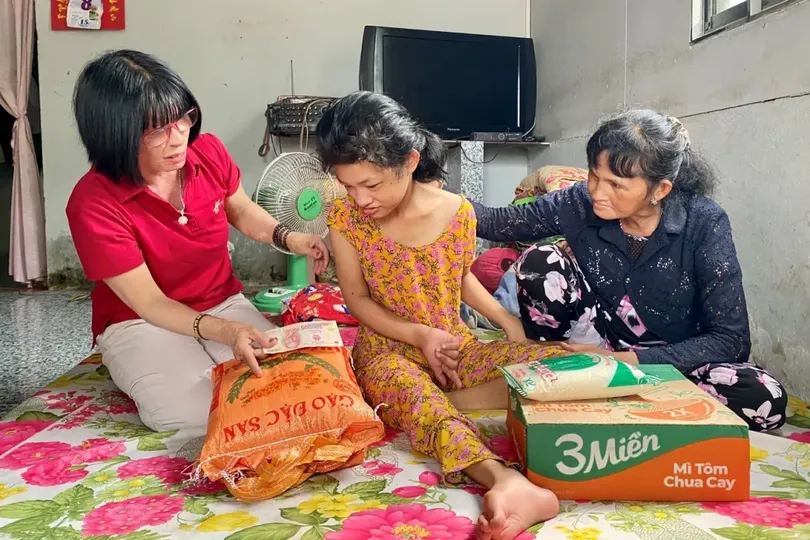

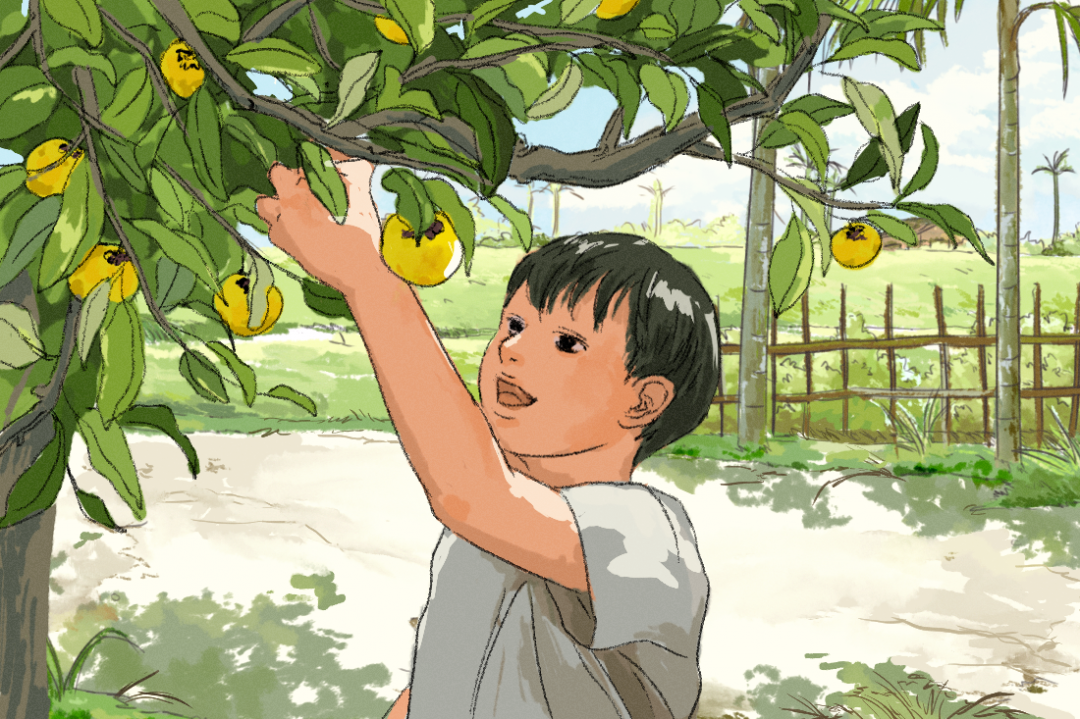


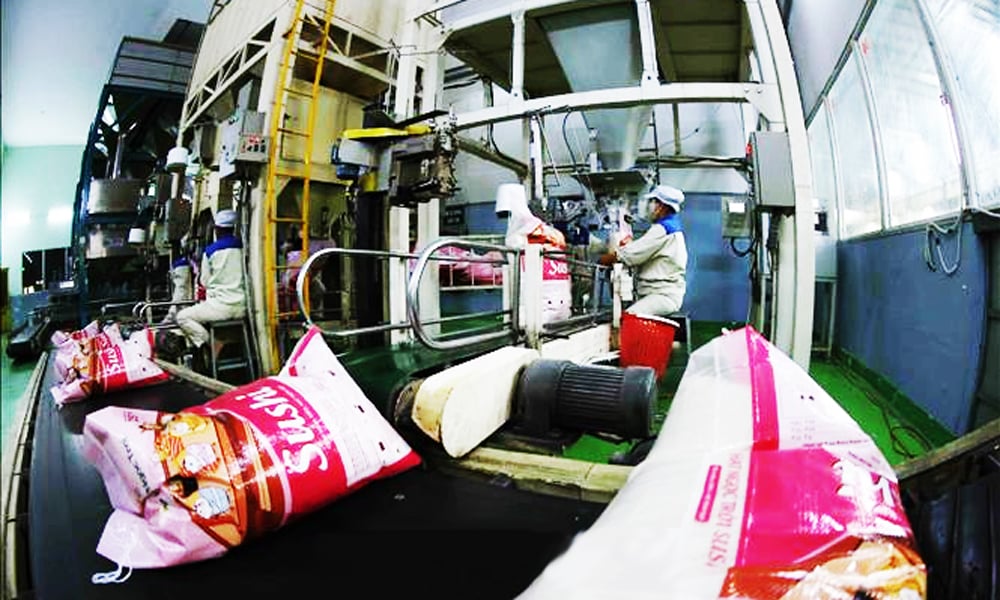

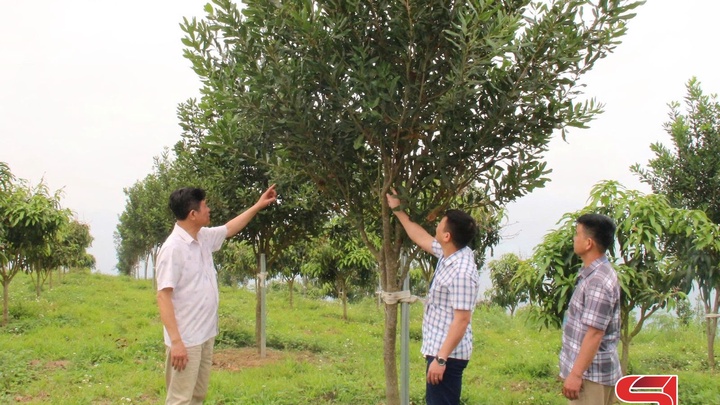














Comment (0)